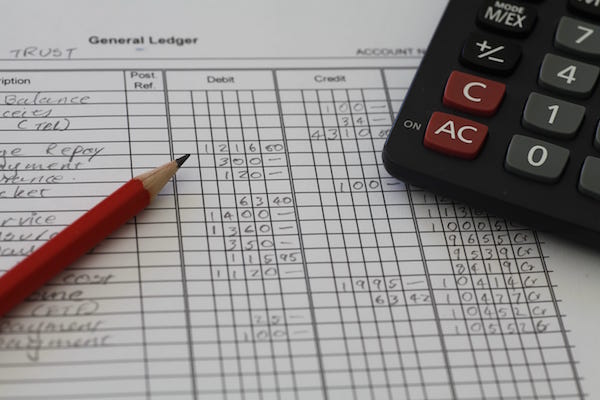

The report will be populated in the Google Sheet. To execute the process, click on the Execute button. And provide the name of the template in Template Name field, for instance, Template Name 1. You can also provide the start cell, for instance, A11. You can also use the cell reference (the icons next to “To” and “From” fields) to set up the custom dates from your google sheet.Ĭhange Pull Settings allows you to perform the following operations: You also have the ability to set up the Static Date Range To and From For your convenience, there are pre-populated values such as This Month, This Quarter, This Year, Last Month, and so on. The report data will be calculated based on the selected Date Range. You have the ability to set up the Dynamic Date Range. There are required and optional attributes for the General Ledger New report. G-Accon for QuickBooks provides the ability to set up the Date Range for your data manually or you can refresh your data dynamically. Select the General Ledger New option from the drop-down menu. #How to design a template for the report? Then you need to select from the menu Add-ons -> G-Accon for QuickBooks -> Standard Accounting Reports -> General Ledger New.Įxport General Ledger New into Google Sheets To generate the accounting report from QuickBooks, you need to be logged in to QuickBooks. credits and how they work in an accounting system.Export General Ledger New Report into Google Sheets SECTIONS IN THIS ARTICLE Now let’s move on to talk about debits vs. The account details can then be posted to the cash subsidiary ledger for management to analyze before it gets posted to the general ledger for reporting purposes. Sometimes subsidiary ledgers are used as an intermediate step before posting journals to the general ledger.įor instance, cash activity is usually recorded in the cash receipts journal. Subsidiary ledgers include selective accounts unlike the all-encompassing general ledger. The general ledger is not the only ledger in an accounting system. Ledgers summarize the balances of the accounts in the chart of accounts. Other ledger formats list individual transaction details along with account balances.Īccounting ledgers can be displayed in many different ways, but the concept is still the same.
General ledger quickbooks tutorial trial#
The debit and credit format makes the ledger look similar to a trial balance. Here is what an general ledger template looks like in debit and credit format.Īs you can see, columns are used for the account numbers, account titles, and debit or credit balances. This way reports can be automatically generated and thereĪccounts are usually listed in the general ledger with their account numbers and transaction information.
General ledger quickbooks tutorial software#
Most modern companies use a computerized GL, like the one in Quickbooks software packages, to track their business transactions. These accounts are debited and credited to record transactions throughout the year. Other Gain and Loss Accounts (Interest Expense, Investment Income, Gain/Loss on Disposal of Asset).Expense Accounts (Wages Expense, Utilities Expense, Depreciation Expense).Stockholders’ Equity Accounts (Common Stock, Retained Earnings).Liability Accounts (Accounts Payable, Bonds Payable, Long-Term Debt).Asset Accounts (Cash, Accounts Receivable, Fixed Assets).Here are the main types of general ledger accounts: The general ledger is often called the accounting ledger because it contains a listing of all general accounts in the accounting system’s chart of accounts. List of General Ledger Accounts and Content Accounting Ledger After the journals are complete for the period, the account summaries are posted to the ledger. In a sense, a ledger is a record or summary of the account records.Ī ledger is often referred to as the book of second entry because business events are first recorded in journals. For instance, the ledger folder could have a cash notebook, accounts receivable notebook, and notes receivable notebooks in it. Remember our notebook analogy in the account explanation? You can think of an account as a notebook filled with business transactions from a specific account, so the cash notebook would have records of all the business transactions involving cash.īy this same analogy, a ledger could be considered a folder that contains all of the notebooks or accounts in the chart of accounts. In other words, a ledger is a record that details all business accounts and account activity during a period. A general ledger or accounting ledger is a record or document that contains account summaries for accounts used by a company.


 0 kommentar(er)
0 kommentar(er)
